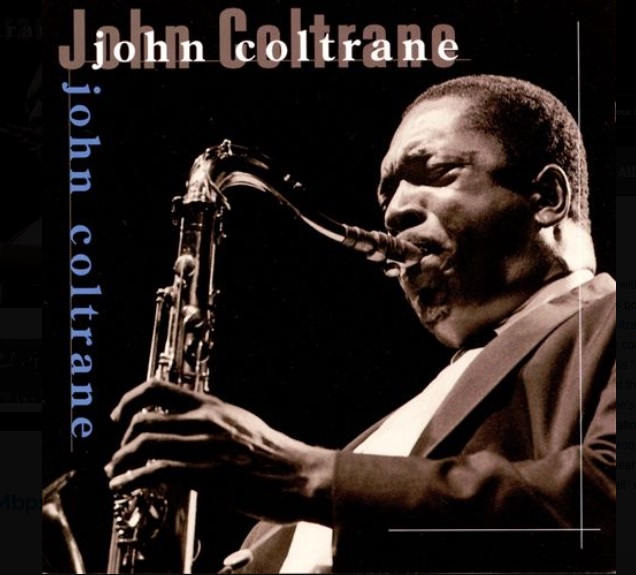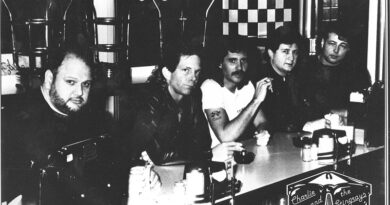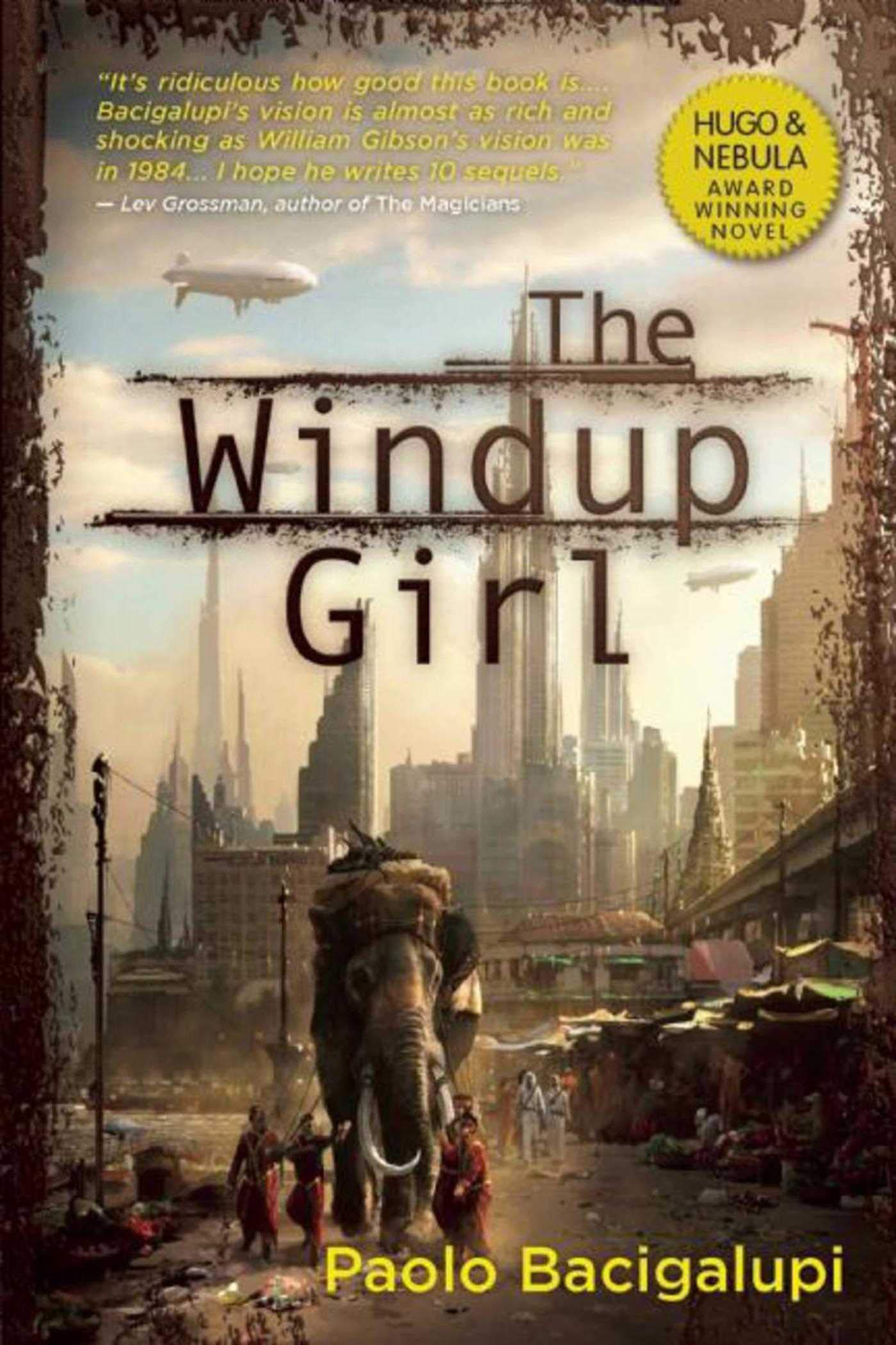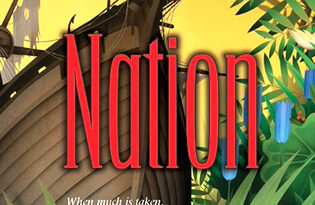Good Bait from the Coltrane Station
By John P. Tretbar
I recently acquired a lot of new music, on vinyl and CD. My mother moved out of the house we’d lived in since 1958, and gave me a lifetime’s collection. The vinyl included some iconic recordings from mychildhood. There are albums from Jonathan Winters, Frank Sinatra, and the Baja Marimba Band, not to mention Beethoven and Bach.
There are also a handful of original cast recordings from the Broadway hits of the 50s and 60s (Camelot, Gigi, Porgy and Bess, South Pacific, Guys and Dolls, among many others). These are recordsI would never have bought, but am delighted to own.
The best surprises came on compact disc. I was very pleasantly surprised to learn that my parents were fans of Kinky Friedman.
There’s also a collection of orchestral arrangements of Stephen Sondheim that continues to float my boat.
And, of course, Jazz.
I am wearing out a copy of the anthology “Jazz Showcase John Coltrane.” Critic Richard Ginell of the ALL MUSIC Web site, describes this disc as “…an attractive, if by definition limited, single-CDsampler.” (The tunes are lifted mostly from the 16-CD “Prestige Recordings” box set.)
The disc surprised me in a lot of ways. I was aware of Mr. Coltrane’s later work, but this sampler precedes his efforts in modal and free jazz. It’s pure bebop and hard bop. And it JUMPS.
It also offers a master class in support. I was astounded to learn of many piano players I’d never heard of, who I now list among the greatest who ever tinkled the ivories. To seek out piano expertise from a saxophone legend might seem off target, but this disc proves otherwise.
Red Garland, the father of block chords, turns the track “Good Bait” into great bait. I’ve taken up block chords on the guitar as a result of this song, although results have varied. I’m still working on a guitarcover of “Good Bait.” Tadd Dameron rips up the keyboard on “Soultrane.” Dameron is described by Dexter Gordon as the
“romanticist” of the bop movement. If you have any doubts, listen to Sarah Vaughn’s signature “If You Could See Me Now,” composed by Dameron with lyrics by Carl Sigman. I challenge you to slow dance
with your sweetheart on this one and NOT come away pregnant. Mal Waldron was a master of dissonance, the kind that makes you mind wander. His career was informed by two well-known saxophone players. It was St. Joe’s own Coleman Hawkins who inspired
Waldron to play Jazz, and that was despite his parents’ objections. The song “Body and Soul” had that effect on a lot of folks. Several years later, Waldron heard Charlie Parker, whose lightning runs and
virtuoso tonality convinced him that he did not have the “extroverted personality” required for the instrument. So he switched (back) to piano. And the world is a much better place as a result. Waldron
wrote his most famous song, “Soul Eyes,” for Coltrane. But on this collection, his composition “Cattin” is the one that takes you away. Thelonious Monk appears, and steals the show, on “Ruby, My Dear.” This is the only cut not recorded for Prestige, for whom Monk refused to perform. It features some of the earliest of Coltrane’s chord
substitutions, the ones that were eventually named after him (“Coltrane Changes”). He and Monk rewrote the book, ignoring the more common “circle of fifths” in favor of augmented triads. This
departure would serve Coltrane well in his later collaborations with Miles Davis and the evolution to modal playing. But music is a lot like politics and sausage, in that you really don’t want to know how it’s made. Only the end result matters. It’s only in the listening that we take those sonic voyages; the rest is purely
academic. So, get out of the kitchen, and quit rattling those pots and pans.
“Jazz Showcase—John Coltrane” Buy it for the saxophone; relish it for the piano.





